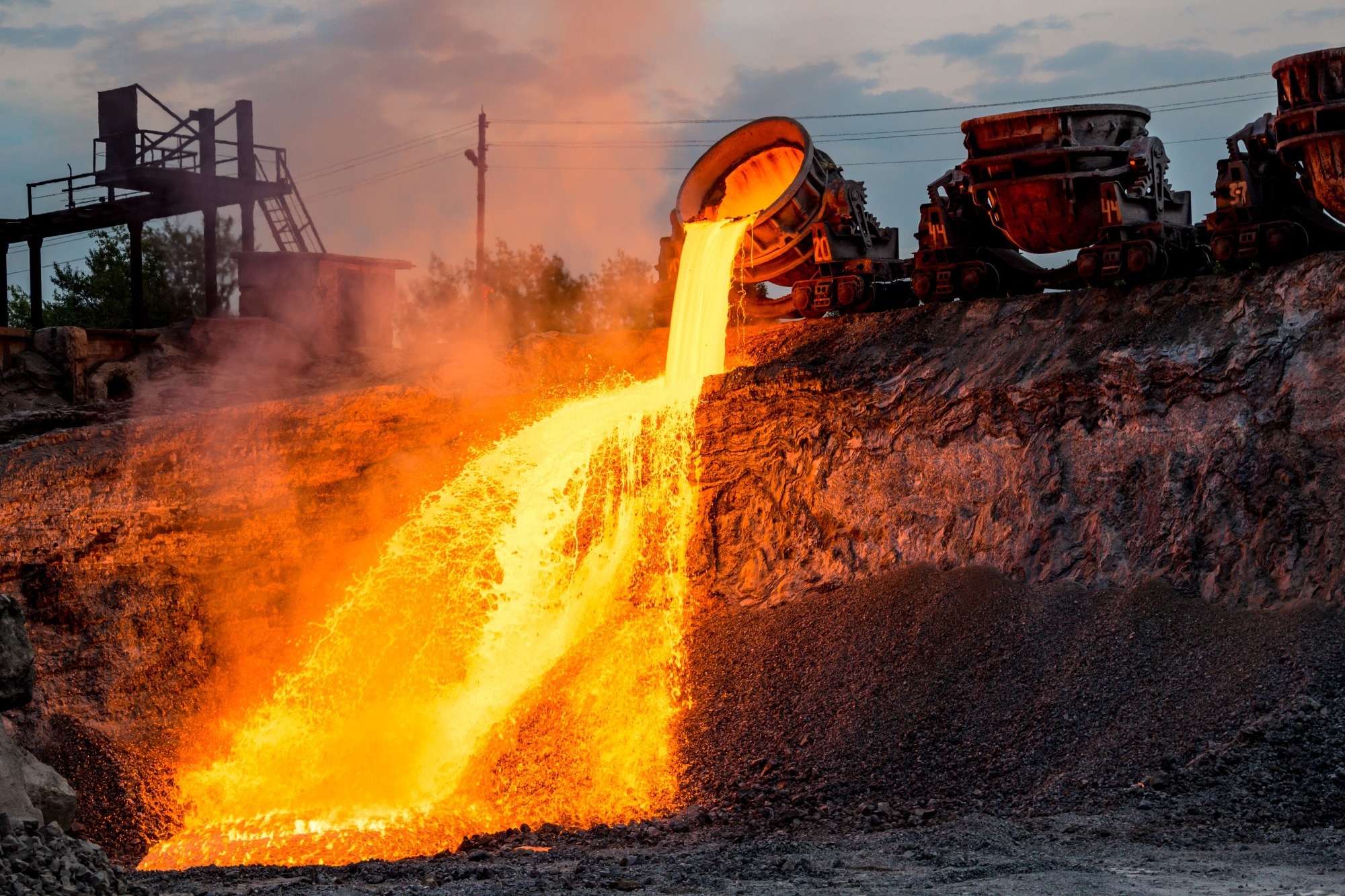Researchers have demonstrated that air-cooled blast furnace slag (ACBFS) can effectively replace natural limestone aggregates in concrete, offering improved strength and durability while supporting more sustainable construction practices.
 Study: Mechanical properties and durability of concrete with recycled air-cooled blast furnace slag aggregates. Image Credit: PhotoChur/Shutterstock.com
Study: Mechanical properties and durability of concrete with recycled air-cooled blast furnace slag aggregates. Image Credit: PhotoChur/Shutterstock.com
This finding comes as the construction industry grapples with growing concerns over the environmental impact of extracting natural materials like limestone and sand, key components in conventional concrete. With global demand continuing to rise, alternatives such as ACBFS, a byproduct of steel manufacturing, are gaining attention for their potential to reduce reliance on nonrenewable resources.
A recent study published in Scientific Reports evaluated how concrete behaves when natural coarse aggregates are partially or fully replaced with ACBFS. Researchers investigated a range of performance indicators - including compressive and tensile strength, chloride resistance, water permeability, and absorption - using mix designs containing 30 %, 50 %, and 100 % ACBFS.
Why ACBFS?
ACBFS aggregates are rough and angular in shape, have a higher unit weight than natural aggregates, and exhibit good mechanical properties. While alkali-activated slag concretes have been widely studied, the behavior of concrete made with ACBFS aggregates remains relatively unexplored. Understanding its performance not only helps guide practical use but also informs computational models for predicting structural behavior.
This study set out to assess how varying levels of ACBFS affect the fresh and hardened properties of concrete, using a standard mix with 100 % natural aggregates as the control.
How the Study Was Conducted
Four concrete mixes were prepared with increasing levels of ACBFS:
- Mix 1: 100 % natural aggregates
- Mix 2: 30 % ACBFS
- Mix 3: 50 % ACBFS
- Mix 4: 100 % ACBFS
Fresh-state workability was measured first, followed by a suite of tests on hardened samples. Water absorption was evaluated by oven-drying specimens for 72 hours and submerging them in water at 20 °C for 24 hours. Porosity was measured through a vacuum absorption method.
Durability tests included rapid chloride penetration (RCP) using a 3 % NaCl solution, and sulfate content analysis by gravimetric or volumetric methods. Compressive strength was measured using 150×150×150 mm cubes, while flexural performance was tested on 750 mm-long beams. Splitting tensile strength was assessed using cylindrical samples.
The internal structure of both ACBFS and hardened concrete was examined through scanning electron microscopy (SEM) and energy-dispersive X-ray spectroscopy (EDX), using fragments taken from compressive test specimens.
What the Results Showed
The inclusion of ACBFS clearly influenced both the physical and mechanical behavior of concrete. Slump values decreased as ACBFS content increased, largely due to the material’s rough texture and the resulting friction between mix components. However, increasing the water-to-binder (w/b) ratio from 0.4 to 0.45 helped offset this effect, improving workability even at full ACBFS replacement.
At a w/b ratio of 0.4, mixes with 30 % ACBFS showed increased porosity and permeability, likely due to internal friction during mixing. Raising the w/b ratio to 0.43 or 0.45 helped reduce porosity and improved overall concrete quality, even at 50 % and 100 % ACBFS.
Chloride resistance varied with ACBFS content. Mixes with 50 % or more ACBFS had high chloride ion penetrability, suggesting limited use in environments exposed to deicing salts or seawater. However, concrete with 30 % ACBFS demonstrated low to moderate chloride permeability, indicating potential for moderate exposure conditions.
Perhaps most notably, compressive strength increased with higher ACBFS content at a w/b ratio of 0.45. After 56 days of curing, the 100 % ACBFS mix was 25.75 % stronger than the control mix. SEM images showed denser microstructures due to more extensive calcium–silicate–hydrate formation, which likely contributed to the strength gain.
Flexural performance followed a similar trend. At a w/b ratio of 0.43, flexural strength and modulus of rupture increased with more ACBFS, attributed to better interlock and bonding between the angular slag aggregates and the cement matrix.
Conclusion and Next Steps
This study offers strong evidence that ACBFS can serve as a viable replacement for natural coarse aggregates in structural concrete, particularly in environments with minimal chloride exposure. Its use could significantly reduce the construction sector’s dependence on virgin materials.
The authors recommend further investigation into reinforced concrete made with ACBFS, focusing on how it performs under axial loads, flexural stress, and bond conditions. Future research might also explore pairing ACBFS with alternative binders - such as alkali-activated industrial byproducts - for even greater sustainability.
Journal Reference
Mohamed, O. A., Ghanam, O., Hamdan, A., Zuaiter, M., & Kim, T.-Y. (2025). Mechanical properties and durability of concrete with recycled air-cooled blast furnace slag aggregates. Scientific Reports, 15(1), 24384. DOI: 10.1038/s41598-025-09242-1, https://www.nature.com/articles/s41598-025-09242-1
Disclaimer: The views expressed here are those of the author expressed in their private capacity and do not necessarily represent the views of AZoM.com Limited T/A AZoNetwork the owner and operator of this website. This disclaimer forms part of the Terms and conditions of use of this website.